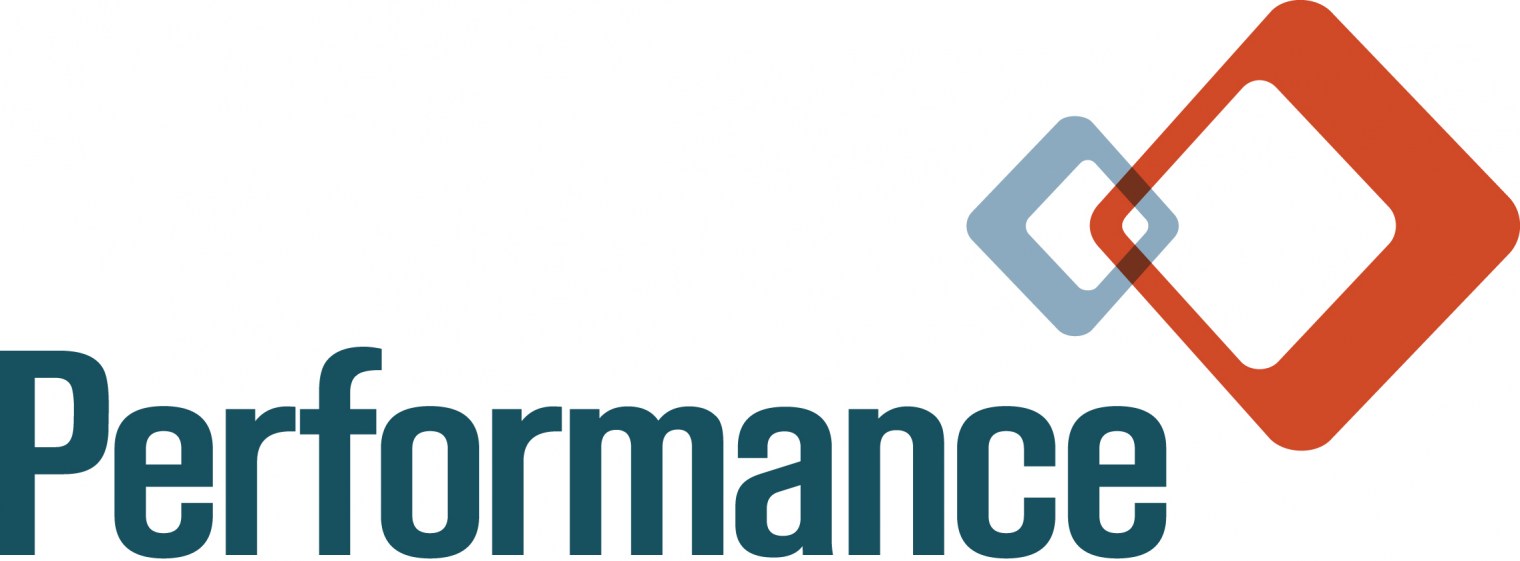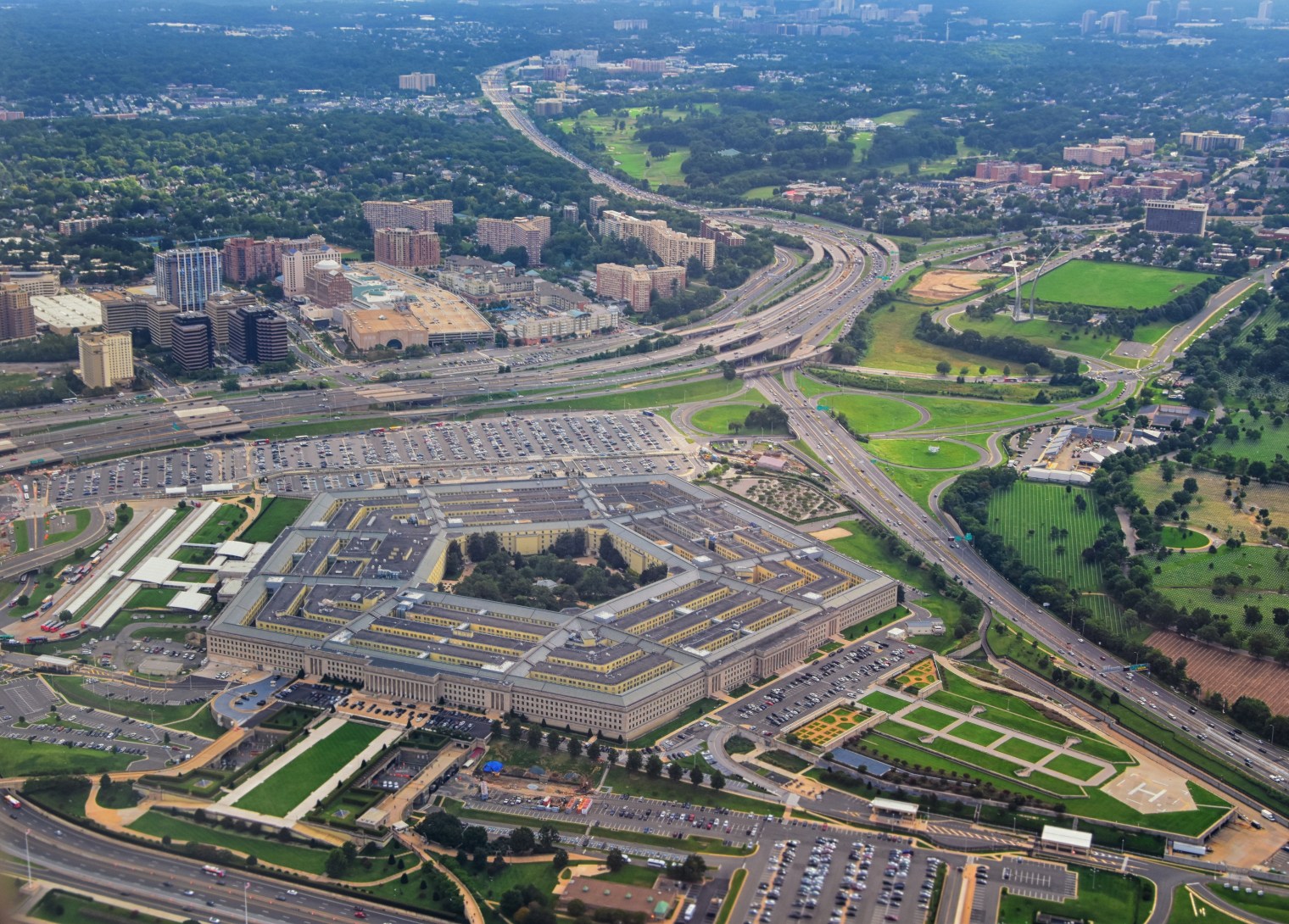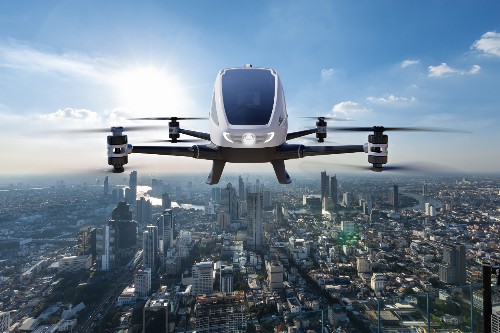While vertical take-off/lift (VTOL) manufacturers are busy developing aircraft to meet certification and entry-into-service (EIS) deadlines, there are other considerations to tackle before advanced air and urban mobility (AAM/AAM) takes flight. OEMs such as EHang have an EIS goal of 2022 while others like Volocopter are targeting 2026. Despite optimism from OEMS, it won’t be a reality unless safety and reliability tests are completed, regulations are developed, and supporting infrastructure is in place.
What are vertiports?
Vertiport facilities, the infrastructure for AAM/AAM transportation, will include takeoff and landing platforms, maintenance facilities, terminal space for passengers to congregate before boarding, and services to support the craft while in flight. A vertiport will serve AAM/AAM in a similar way that an airport is a hub for airplanes and jet passengers. The vision of VTOL transportation being widely adopted is not possible unless vertiport infrastructure is developed.
Who is building vertiport solutions?
Knowing vertiports are crucial in the success of launching the AAM/AAM industry, there are several organizations actively planning and designing the infrastructure. Spanish company Ferrovial already operates 33 airports worldwide and announced it will build 20 vertiports in Spain and 25 around the UK. In partnership with German company Lilium, Ferrovial will develop another 10 vertiports in Florida.
Recognizing that their success depends on having infrastructure on the ground, many eVTOL manufacturers announced projects to build new vertiport facilities or repurpose existing infrastructure. eVTOL developer Volocopter works with UK company Skyports who designs, builds, owns, and will operate networks of vertiports around the world. California-based Archer Aviation partnered with REEF, the largest parking garage operator in the U.S., to reconfigure parking garage rooftops as vertiports. A similar deal was struck between REEF and Joby Aviation. Hyundai and UK startup Urban-Air Port plan to build 65 electric urban airports worldwide together.
Key factors in developing vertiports
For AAM/AAM transportation to be successful, key stakeholders, including city governments, regulators, AAM manufacturers and operators, and the public, must collaborate in the development of vertiports. While regulatory and safety factors are crucial, it’s also necessary to consider how AAM will integrate into the surrounding communities. Here are several of the factors considered when developing vertiports:
- Physical space
VTOL craft may not need long runways, but they do require more space than you might imagine. Vertiports need to have enough square footage so multiple aircraft can safely maneuver and operate without risk to the public.
- Unobstructed airspace
VTOL flight is often imagined in dense urban areas although there are many use cases where the craft will carry people and cargo farther afield. Regardless of location, there needs to be a minimum of two approach/departure paths separated by ample space to eliminate tailwinds so flight operations can be conducted safely.
- Most logical routes
To be successful as a serious alternative to other forms of everyday travel, VTOLs need to be designed and supported for frequent trips. Therefore, vertiports need to be built along routes where there is currently traffic congestion.
- Zoning
The land planned and used for vertiports needs to be zoned for that use. Not all available land is zoned for flight and getting planning commissions’ approvals isn’t always easy.
- Wind
The local wind patterns need to be considered when determining vertiport location and the approach/departure airspace should be aligned to minimize the impacts of turbulence.
Where Performance can help
With more than 20 years of developing safety-critical systems and 10 years creating precision airport mapping and navigation solutions, we are now applying our expertise to support the AAM/AAM industry. Performance offers ultra-precise airports, helipads, and vertiport solutions that are accurate enough for autonomous navigation (<1m). With no room for error in this industry, Performance is the answer for all AAM/AAM mapping and navigation solutions. By integrating our continuously updated map data with real-time environmental data, operators can efficiently fly routes with the most up-to-date representation of their surroundings and safely transport passengers.
Interested in a free demo of Performance’s high-precision vertiports? Contact us today. To learn more about our AAM/AAM suite of solutions, including FAA-certified hardware and software, click here.



